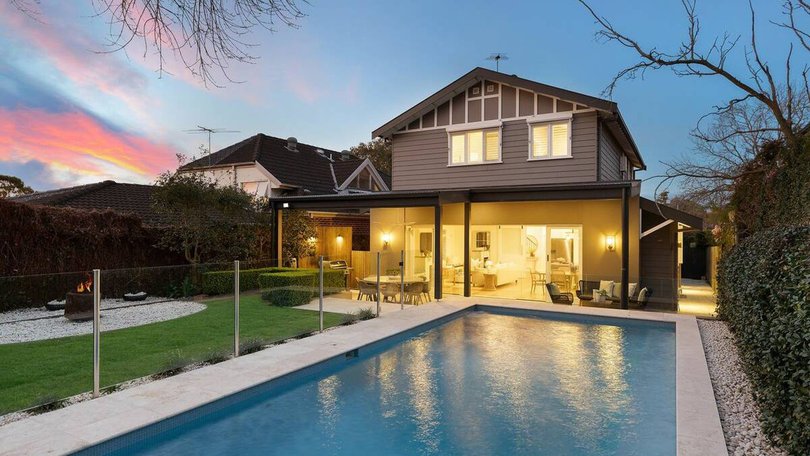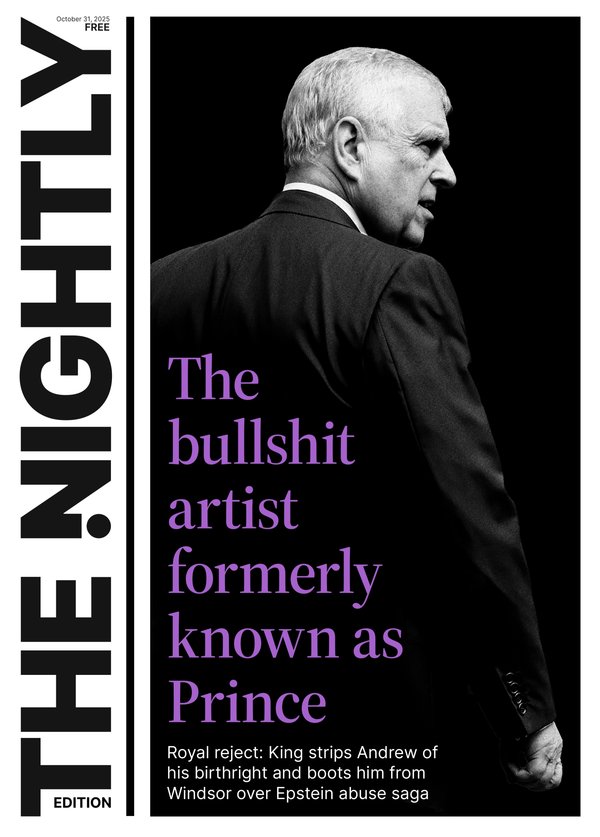Staggering 99 per cent increase: Why first-home buyers are struggling more than ever to afford a deposit

In a sobering revelation for prospective homeowners, new data shows that first-home buyers in Australia now need to save a 99 per cent larger deposit compared to 12 years ago.
This sharp increase, coupled with stagnating wages, is pushing homeownership further out of reach for many Australians.
Since 2012, the average Australian home price has soared from $489,900 to $973,300 in 2024, according to the Australian Bureau of Statistics (ABS).
Sign up to The Nightly's newsletters.
Get the first look at the digital newspaper, curated daily stories and breaking headlines delivered to your inbox.
By continuing you agree to our Terms and Privacy Policy.As a result, first-home buyers must now come up with $97,330 for a 10 per cent deposit — nearly double the $48,990 needed just over a decade ago, analysis from Money.com.au shows.
For those looking to avoid lender’s mortgage insurance (LMI), a 20 per cent deposit has jumped from $97,980 in 2012 to an eye-watering $194,660 in 2024.
The affordability gap is only widening, as wages have failed to keep up with surging house prices.
In 2012, the average full-time worker earned $70,158 annually, while today, that figure stands at $100,016 — an increase of only 42 per cent, far below the 99 per cent rise in property prices.
“Saving for a deposit has become an almost impossible task for many young Australians,” said Mansour Soltani, Home Loans Expert at Money.com.au.
Adding to the pressure, the average first-home buyer loan now covers only 65 per cent of the property price, compared to 73 per cetn in 2012. Rising property prices and higher interest rates have made it increasingly difficult for buyers to secure a home loan that covers enough of the purchase price.
“This trend tells us that first-home buyers need to either save larger deposits or settle for cheaper properties, both of which are harder to achieve in 2024,” explained Peter Drennan, Research and Data Expert at Money.com.au.
The housing affordability crisis isn’t just impacting those seeking to buy in high-demand cities like Sydney.
According to the latest ANZ-CoreLogic Housing Affordability Report, while Melbourne has seen affordability improvements due to falling house prices in certain areas, the most significant affordability gains are in less attainable high-end homes.
“One challenge in Melbourne is that the most expensive homes have recorded the largest price falls,” said Madeline Dunk, Senior Economist at ANZ.
“This provides an affordability boost in areas that may still remain out of reach for many households.”
By contrast, Darwin has emerged as the most affordable capital city, with house prices much lower than in Sydney or Melbourne.
The median dwelling value to income ratio in Darwin is 4.0 per cent compared to the national average of 7.9% and Sydney’s ratio of 9.8 per cent.
In Darwin, it also takes significantly less time to save for a 20 per cent deposit, offering a glimpse of hope for first-home buyers looking to enter the market outside of the major metropolitan areas.
As property prices continue to rise and wage growth remains limited, Australia’s housing affordability crisis shows no signs of easing.
First-home buyers are being left with difficult choices: either delay their dream of homeownership or seek alternative methods of financing that could leave them financially stretched.
Originally published as Staggering 99% increase: why first-home buyers are struggling more than ever to afford a deposit
